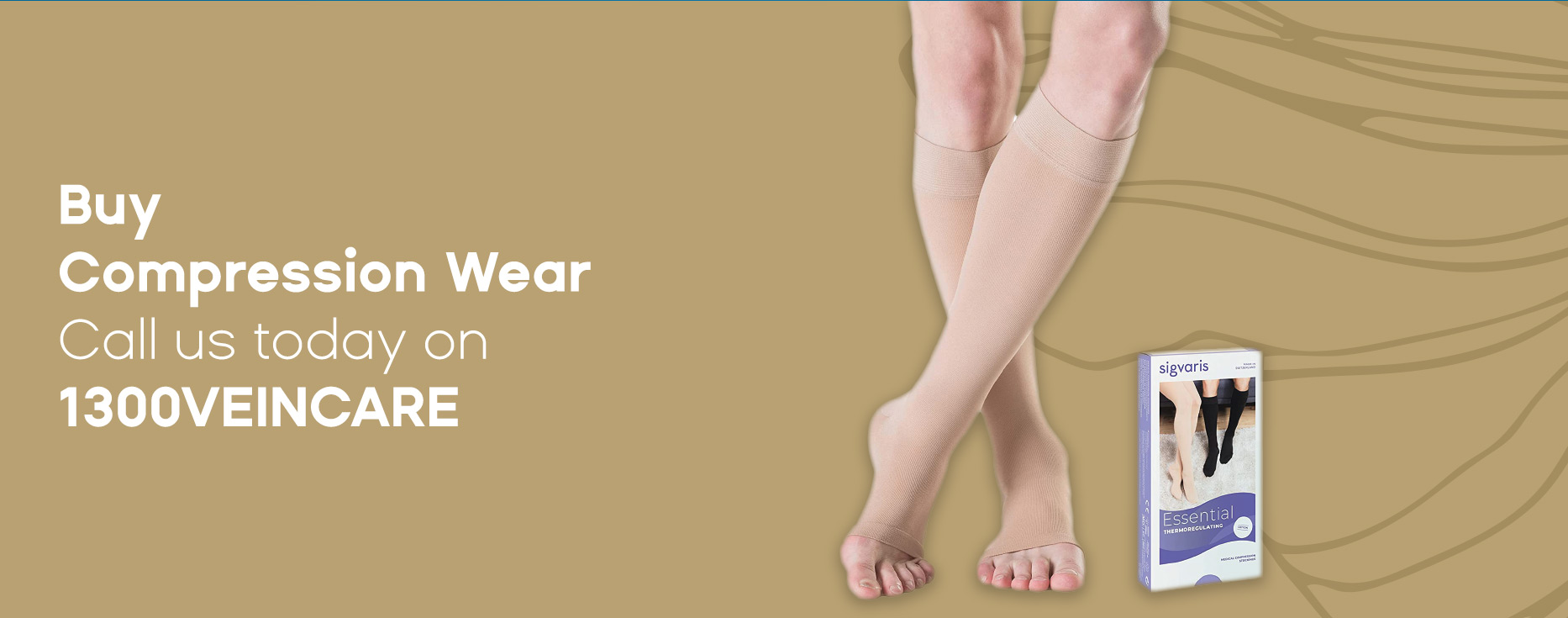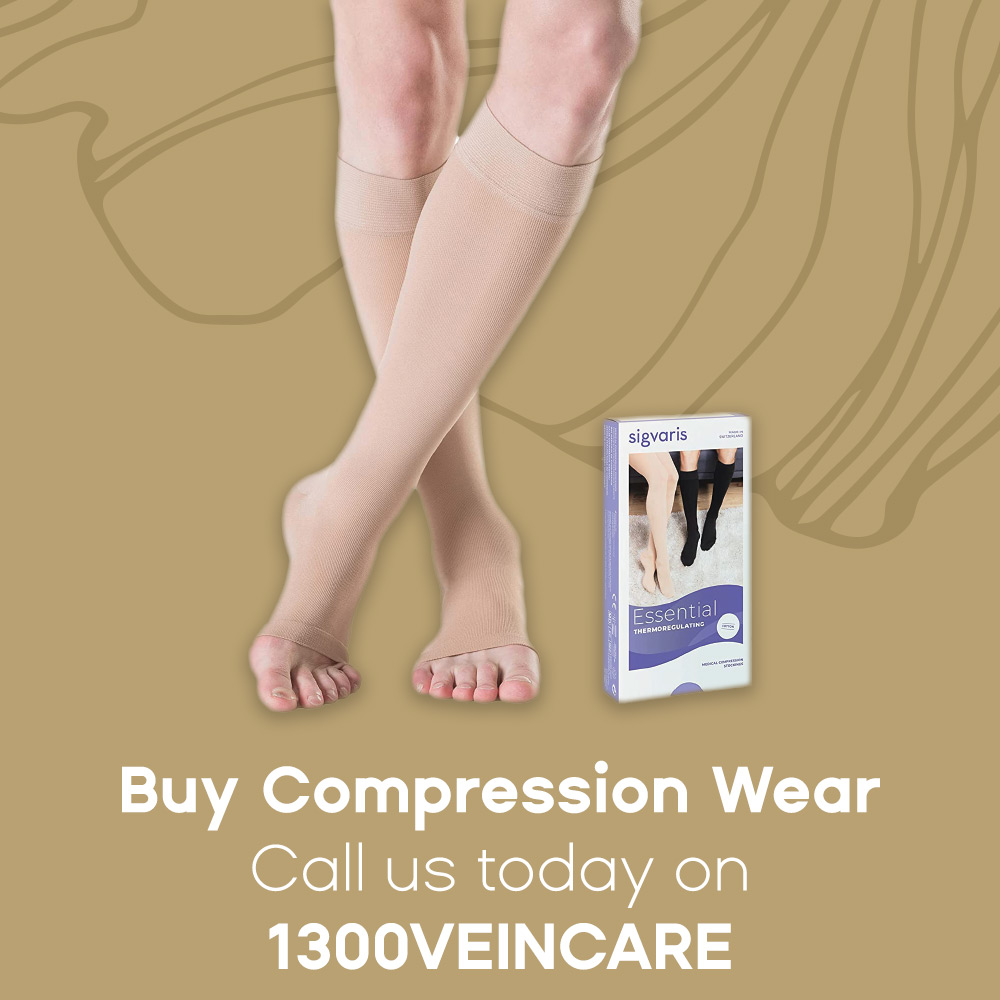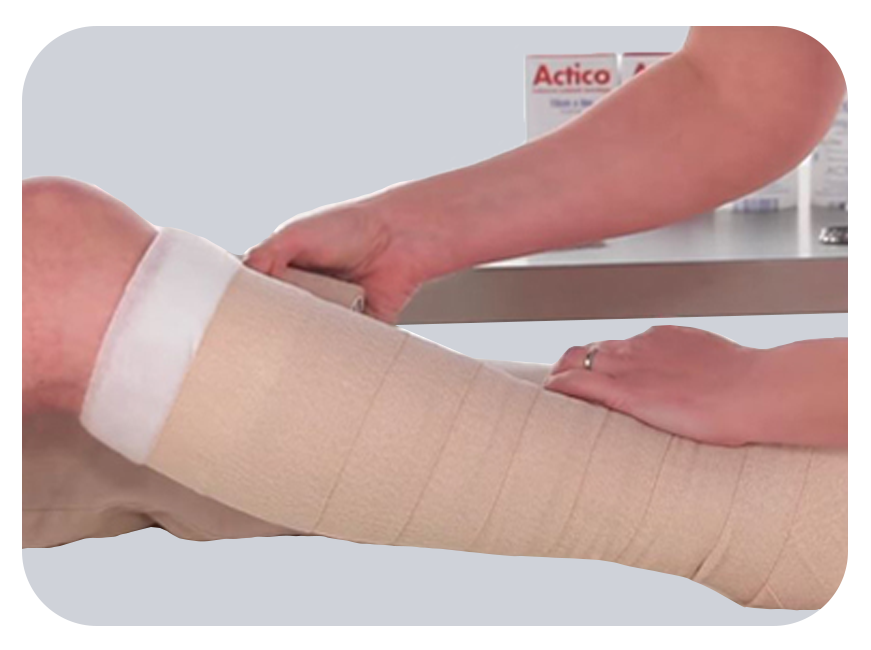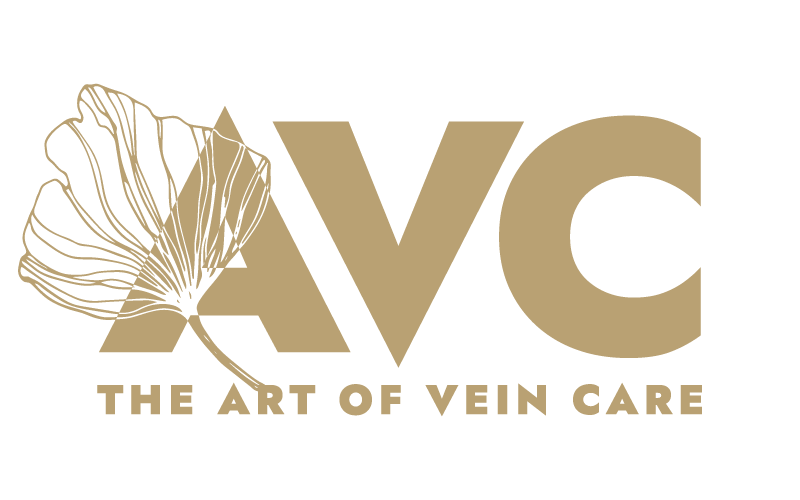Compression Wear


Why use compression as a treatment?
There are 4 reasons for using lower limb compression:
- Relief of symptoms such as aching
- Prevention of venous thrombosis (DVT and SVT)
- Management of complications of venous disease (chronic venous insufficiency)
- Acute thrombosis either deep or superficial
Bandages: usually multilayered (2-4 layers) and are a combination of lowstretch and highstretch bandage with a layer of soft wool to absorb pressure points. They often stay on for up to a week and need to be applied by a specially trained nurse.
Stockings: can be below knee, thigh high or pantyhose.
Grades of compression
There is no single standard.
The higher compression at the ankle and the lower one is at the top of the stocking.
Class I – low compression (<20mmHg). An example is the TED stocking used after surgery.
Class II – medium compression (20-35mmHg). Used for venous disease or lower leg swelling.
Class III – high compression (>35mmHg). Used for lymphoedema.
There are higher grade stockings used for burns patients.
The higher the compression the lower the willingness of patients to use them.
Precautions: One has to be careful in patients who have poor blood supply to the foot. If there is doubt, it is wise to measure the arterial pressures at the ankle (ankle to brachial index). This can be arranged through your local doctor.
- Consider using a device such as the EzyAs
- Wear washing-up gloves (better grip and less likely to catch nails and tear them)
- Make sure the leg is dry. Use talcum powder
- Use the silk insert if one came with the stocking
- Put them on before you get out of bed in the morning (have a fresh pair next to your bed)
- Have your bath/shower last thing at night
- You can buy special plastic covers
- Shower with the stocking on and use a hairdryer to dry the stocking afterwards
- Have 2 pairs. Shower with the stockings on then lie on a bed. Remove the wet stocking, dry the leg, then put the dry stocking on.
If you are having a lot of trouble:
Download an information sheet here

